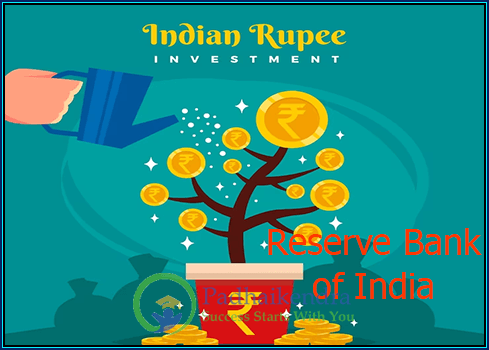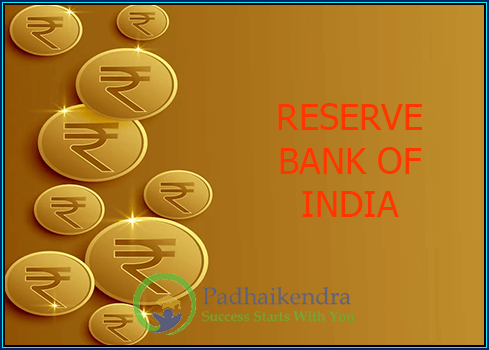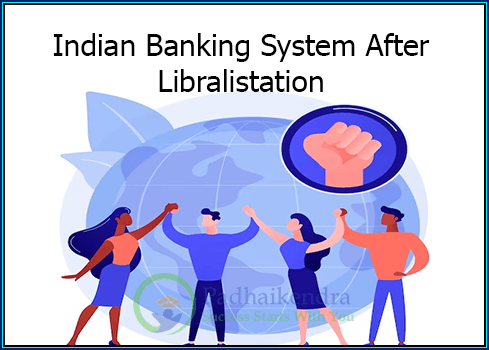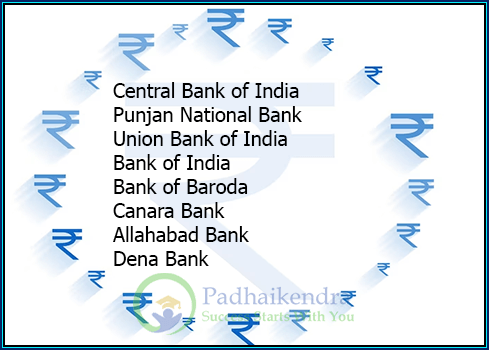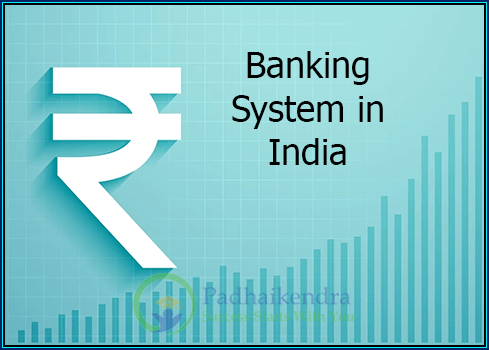Structure of Payments Bank
Structure of Payments Bank Sure, here’s an explanation of the structure of Payments Banks in India using pointers: Definition: Payments Banks in India are a type of bank that are allowed to accept deposits from customers, but are restricted from providing loans or credit facilities. They primarily focus on providing basic banking services, such as …




